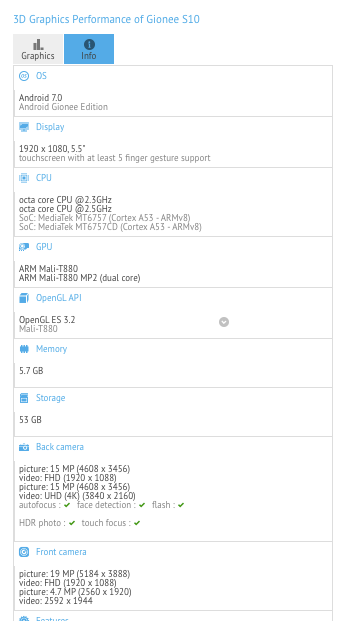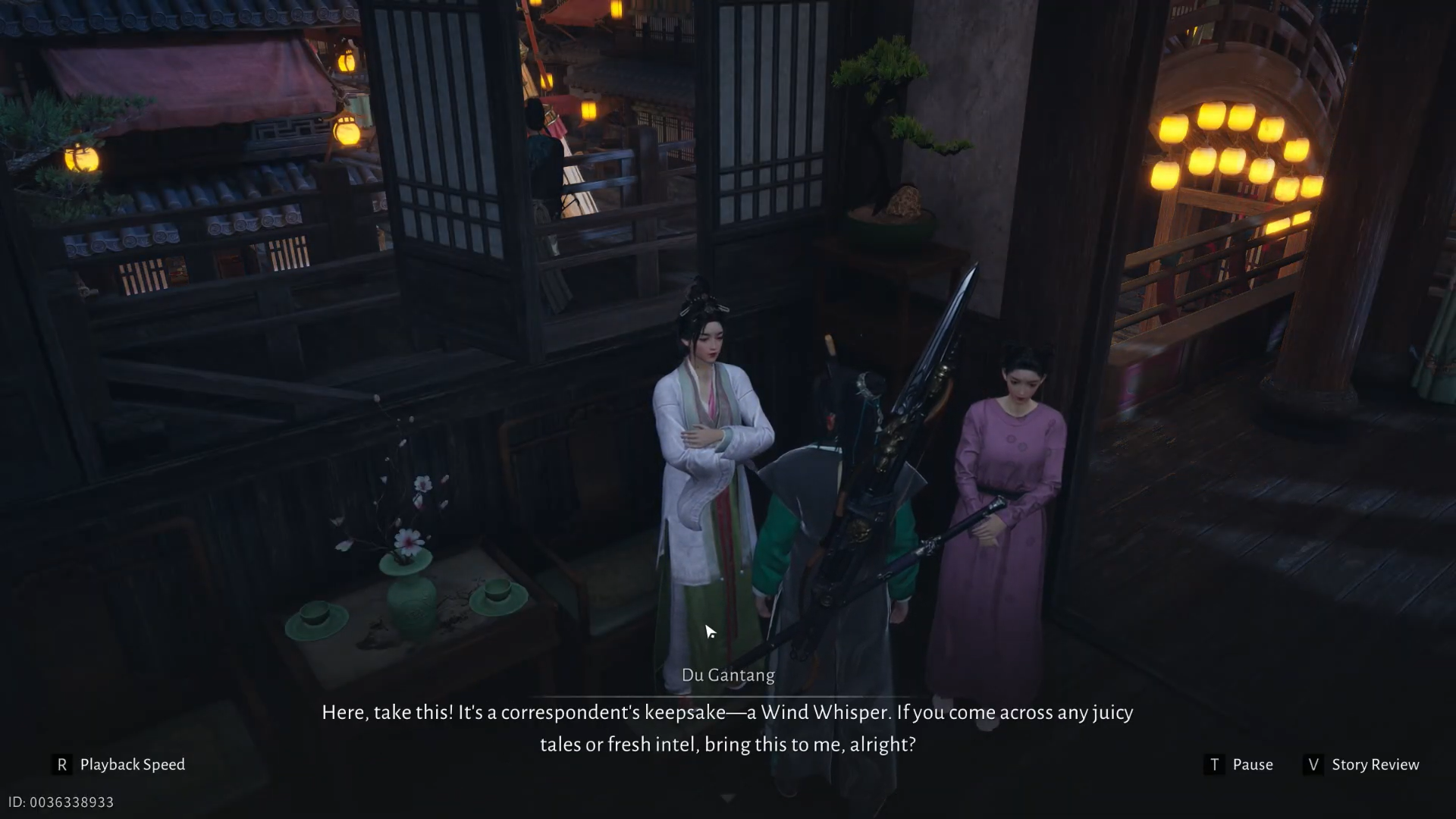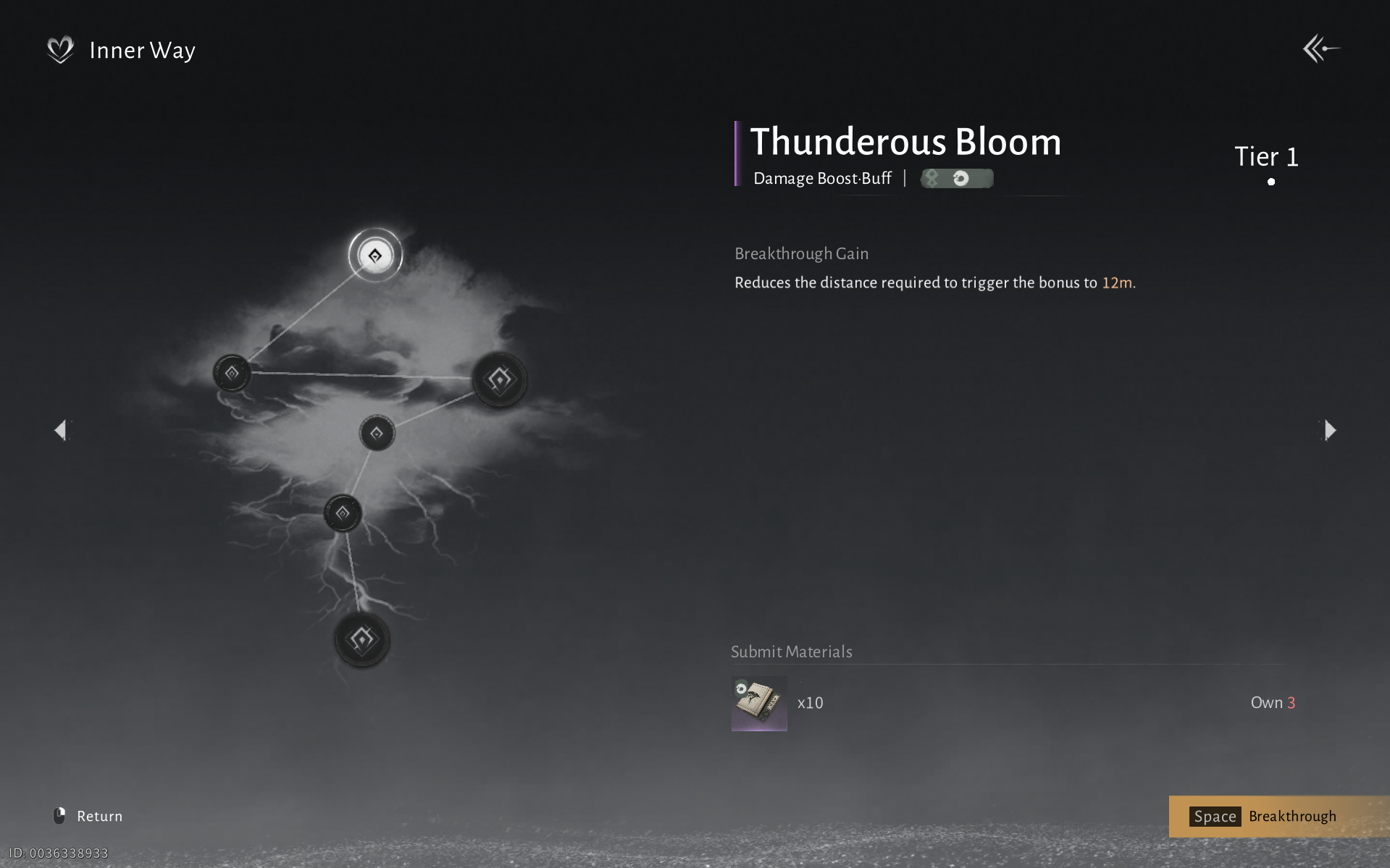Earlier today, a couple of rumors surfaced online claiming that the higher-end variant of the smartphone will be powered by an Helio P25 SoC with the mid-range model expected to feature Helio P10 chipset.
Now, another rumor comes under the spotlight in the form of a GFXBench listing. Interestingly, the benchmark listing reveals the presence of an octa-core 2.3GHz MediaTek MT6757 chipset alongside the octa-core 2.5GHz MediaTek MT6757CD SoC which contradicts the earlier rumor (well, at least half of it).
Just in case you are wondering, the MediaTek MT6757 SoC is none other than the Helio P20 while the MediaTek MT6757CD is the Helio P25 chipset. So now, it’s clear that the high-end variant of Gionee S10 will come with Helio P25 chipset and the mid-price variant with Helio P20 instead of the P10. While the former is backed by an ARM Mali-T880 MP2 GPU, the latter is teamed up with ARM Mali-T880 to take care of graphics.
Read: More images of Gionee S10 leak out!
There will be a 5.5-inch Full HD display at the front with the smartphone booting Android 7.0 Nougat straight out-of-the-box. In terms of memory, the smartphone will pack 6GB of RAM and 64GB of onboard storage (expandable possibly).
The highlight feature of the Gionee S10 has been the presence of four cameras, two on each side. The GFXBench listing confirms the same. There will be a 16MP + 16MP dual camera setup at the back. And at the front, there will be a 20MP + 5MP setup for selfies. So far, the device was expected to feature a 20MP + 8MP front camera and 16MP + 8MP rear camera. But, the GFXBench listing reveals a slightly different set of specs as far as the imaging department is concerned.
The Gionee S10 is expected to come in three variants. The low-end variant among the lot could feature the Snapdragon 435 chipset as rumored earlier.
There have been several leaks revealing the design aspects of the smartphone. According to these leaks, the Gionee S10 looks pretty decent aesthetically. The company will launch the Gionee S10 on May 26 which is only a couple of days away from now.
Source: GFXBench













Discussion